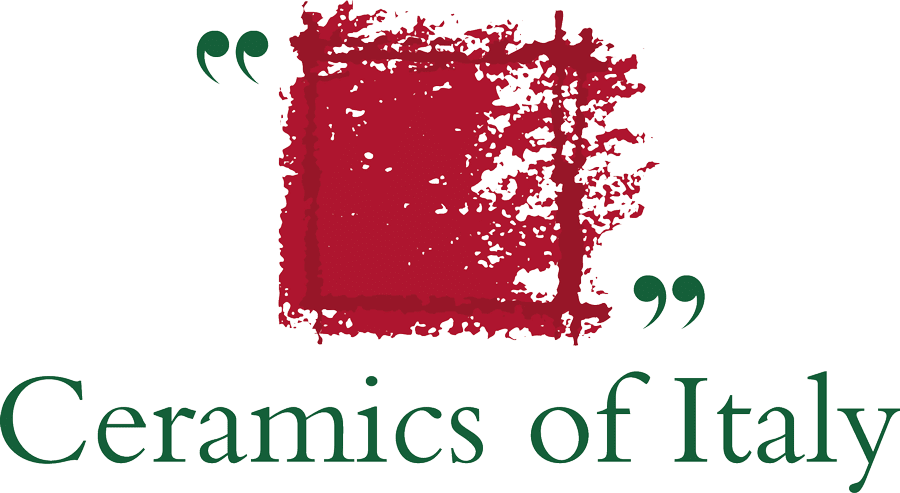Ristorante Montalgeto, located in the picturesque hills near Carmignano in the province of Prato, Tuscany, is the result of a meticulous renovation of a classic rural dwelling. The project was led by architect Cosimo Balestri, whose Florence-based firm is renowned for its ability to create unique identities for geographical areas and brands, with specific expertise in architecture, public spaces and graphic design. This venture has successfully fulfilled Giulia and Alessio’s vision for a restaurant that embodies a harmonious equilibrium in terms of work, time, dedication and respect. The establishment captures the essence of Tuscany’s rich history and stunning landscape and stands as a testament to its founders’ aspirations and efforts. In the redesign process, Balestri paid close attention to sustainability, ensuring that every aspect of the project aligns with these principles. “We maintained the restaurant’s welcoming atmosphere while enhancing its interior design,” explains the architect. “This included protecting old trees, reviving Tuscan cultural elements and adopting a clear and sustainable communication strategy.”
The restaurant’s distinctive appeal arises from a skilful blend of traditional and modern materials. The terracotta flooring is juxtaposed with contemporary elements, such as the cherry red ceramic tiles with an irregular surface chosen for the wall coverings. “We searched for a product that would fit seamlessly into this context yet add a fresh colour palette and texture. We wanted a material that would convey warmth and luminosity while contrasting with the colour tone and matt surface of the terracotta flooring. The Joyful Cherry ceramic tiles from Tonalite struck the perfect balance in terms of size, colour and gloss. I chose Joyful Cherry 10×20 cm tiles for the two dining areas, for cladding a wall bench and for introducing new details.”
As a further contemporary touch, pale coloured wood is used for the pendant lampshades hanging above the tables and echoed in the wall shelves displaying bottles of wine, local craft items, kitchen utensils and potted plants. This open shelving concept infuses the space with a homely atmosphere, serving as a kind of public version of a living room bookshelf.






